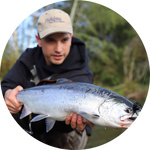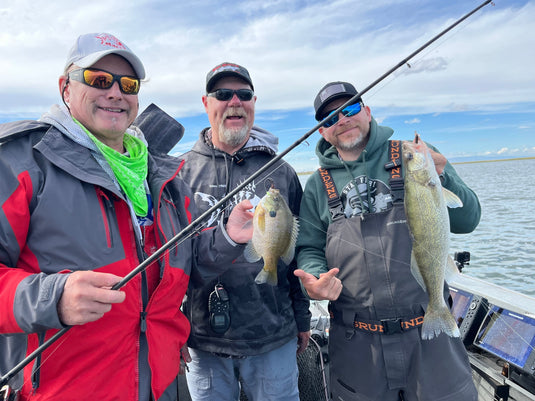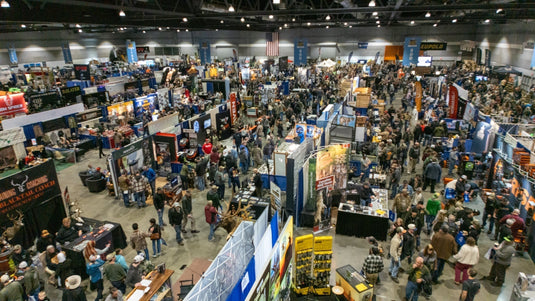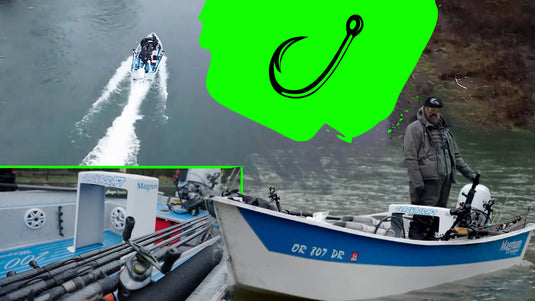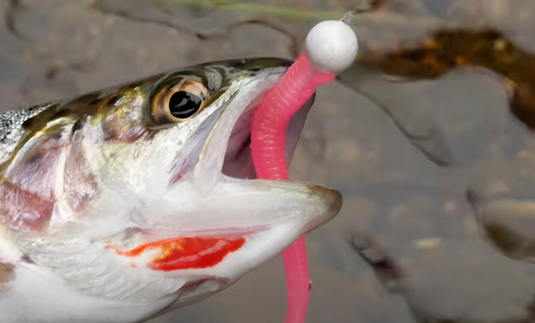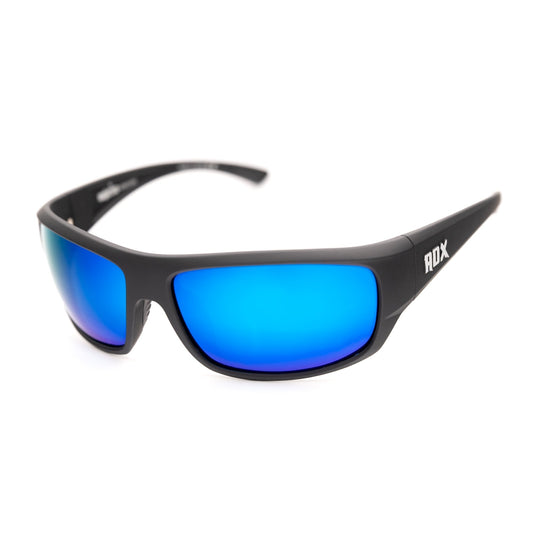Timing the Runs & Late Season Fishing on Salmon & Steelhead Rivers

In the Pacific Northwest & beyond, timing is everything when it comes to salmon and steelhead fishing.
Every river system has its own rhythm, and understanding those seasonal patterns is the key to success.

Whether you’re fishing the Lower Columbia or exploring smaller tributaries, knowing when to be on the water can make the difference between a slow day and the trip of a lifetime.
The Role of Timing in Salmon Fishing
Salmon fishing isn’t only about skill, although the 10% rule certainly applies. Mostly it’s about synchronization of fishing trips with seasonal patterns.
Runs vary not only by species but also by geography and region. Add in moon phase, water temperature, and flow conditions - you've got a myriad of things to consider when timing anadromous fish returns.
Even on the same river, a productive week can quickly give way to unproductive water once the fish move upstream or conditions change.
 Author with a Chinook Salmon caught with Charles of Bonk Em' All Adventures Guide Service.
Author with a Chinook Salmon caught with Charles of Bonk Em' All Adventures Guide Service.
On the Lower Columbia River, salmon and steelhead are available almost year-round, but timing dictates opportunity. In slow years, anglers may put in long hours for little reward.
During strong return years, however, you can experience the best fishing of your life!
Key timing factors include:
- Water temperature and clarity: Colder, cleaner water often improves activity.
- Tide cycles and moon phases: Affect migration behavior and river entry timing.
- Regulation windows: Some of the best bites happen right before seasonal closures.
- Rainfall and river flow: Triggers movement, especially for late-season steelhead and coho.
The Good ‘Old’ Days
Recent seasons have been some of the best in years. My last three trips on the Columbia were nothing short of incredible. After posting a few pictures, I got plenty of questions about what made it so productive—but the answer was simple: I fished with the right people, at the right time—Fall Salmon fishing in September on the Columbia River.
On one unforgettable morning, three rods went down simultaneously.
Within minutes, we had a wild coho, a clipped steelhead, and a hefty 20-pound Chinook at the boat. The coho and steelhead were safely released, and the Chinook came home for the grill. High-fives all around—it was a moment that perfectly captured the thrill of being there when the bite switches on.
Preparation is important, but timing remains the uncontested champion of fishing success.

Looking for new and pre-owned boats? Steven's Marine has two locations in the Portland Oregon area and is known for excellent service and selection.
Visit the Steven's Marine website - click here.
Understanding Peak Timing Windows
Every salmon and steelhead run has a “sweet spot” when conditions align and fish are most abundant and active. Knowing these windows helps anglers plan trips more effectively.
 The Third Fish landed in a 3 Species Triple - A Big Columbia Chinook Salmon
The Third Fish landed in a 3 Species Triple - A Big Columbia Chinook Salmon
Spring Chinook Season - Fish Early or Late?
"Springers" are among the most prized salmon in the Pacific Northwest. Fishing typically starts in early March, but it’s often a slow trickle until April.
- March: Low numbers, but each catch is premium quality.
- April: Peak migration from saltwater to freshwater, with higher odds of success than March.
- May & June: If the season is not closed during May & June, these are often the best opportunities to catch fish in a multitude of areas. Fishing pressure is spread out and conditions are often ideal for biters.
- Closures: The Columbia River often closes during peak weeks, so fishing right before or after the closure can pay off.
- Smaller tributaries: From May through August, tributary fishing can be highly productive with quality fish late into summer.
 A Spring Chinook Caught & Released in August
A Spring Chinook Caught & Released in August
Late-Season Summer Steelhead
Summer steelhead runs can stretch across several months, with the most consistent action often happening after the heat of midsummer fades.
- June–July: Early fish arrive but can be wary in warm, low water.
- September–November: Excellent time for pre-spawn fish—strong, aggressive, and plentiful.
- Best conditions: Medium-high river levels after early fall rains.
These late-season fish provide some of the most rewarding catches, combining fight and beauty as the season turns.
 Late-Season Winter Steelhead fishing can also yield excellent numbers.
Late-Season Winter Steelhead fishing can also yield excellent numbers.
Winter Coho and Chinook
By November, many anglers have shifted focus to winter steelhead—but coastal systems still hold surprises. Chrome-bright coho and Chinook often linger into December, offering a last chance at salmon before the deep winter months.
To maximize these transitional periods, consider versatile presentations that both salmon and steelhead respond to:
- Spinners & spoons – flash and vibration for aggressive strikes
- Plugs – effective for covering holding water thoroughly
- Sand shrimp & cured eggs – classic natural baits when legal
- Drift gear – useful for changing river levels or mixed species
Redefining “Good” Fishing
Many anglers measure success by the number of fish landed. But sometimes, even a single hookup can make the day worthwhile—especially when you’ve put in the effort to understand timing, tides, and temperature.
 Surprise Steelhead on a 360 Flasher (During a triple!)
Surprise Steelhead on a 360 Flasher (During a triple!)
If you’re willing to adjust your approach, fish at unconventional times, and watch environmental cues, you might just redefine what good fishing really means.
Tips to Consider:
- Track past seasons to identify consistent bite windows.
- Log water conditions and timing of catches.
- Don’t overlook late seasons—transition periods can be surprisingly productive.
- Stay adaptable: move if the bite slows, from hole to hole, from river to river.
Thanks for reading!
Lucas Holmgren

